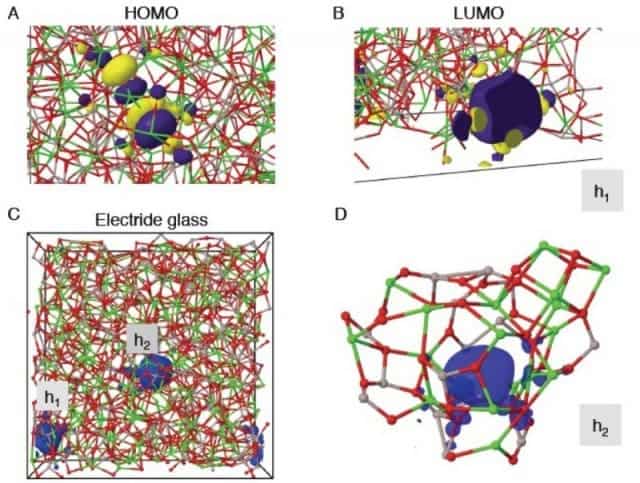Sure, this transmutation might not be as spectacular as that of lead into gold, but it most certainly would have made even the alchemists at King Arthur’s court envious. Using an innovative technique, an international team of researchers has transformed cement, a sturdy insulator (especially electrical), into a semiconductor metal. Apart from being a remarkable display of science, the findings could open up new opportunities for developing thin films, protective coatings, and computer chips.
Truth be told, the transformed cement isn’t actually a metal, but rather a glass-metal. Previously, however, only metals were proven to be able to transition into glass-metals. The researchers achieved this with cement (calcium and aluminum oxides) by first heating it to 2,000 Celsius degrees with a high-power laser until it turned liquid. Then a special tool called the levitator keeps the hot liquid from touching any container surfaces and forming crystals. True to its name, this remarkable tool pumps out inert gas through its nozzles and literally levitates the liquefied cement. This let the liquid cool into glassy state that can trap electrons in the way needed for electronic conduction.
Remember, a metal is so good at conducting electricity because it has a bunch free electrons running around which can be used to pass energy from one atom to other. Normal cement can’t do this, obviously, however the new transmuted glass-metal cement has free electrons tapped inside cages made of calcium oxide – something only previously seen in ammonia solutions. This is because trapping electrons inside a crystal’s structure is fairly new, and seeing how this works for cement, there’s no reason to believe other materials can’t behave in much or the same manner. This opens the possibility of turning other solid normally insulating materials into room-temperature semiconductors, something which by itself can pose huge implications in the industry.
“This new material has lots of applications including as thin-film resistors used in liquid-crystal displays, basically the flat panel computer monitor that you are probably reading this from at the moment,” said Chris Benmore, a physicist from the U.S. Department of Energy’s (DOE) Argonne National Laboratory who worked with a team of scientists from Japan, Finland, and Germany to take the “magic” out of the cement-to-metal transformation. Benmore and Shinji Kohara from Japan Synchrotron Radiation Research Institute/SPring-8 led the research effort.
Findings were reported in the journal Proceeding of the National Academy of Sciences.










